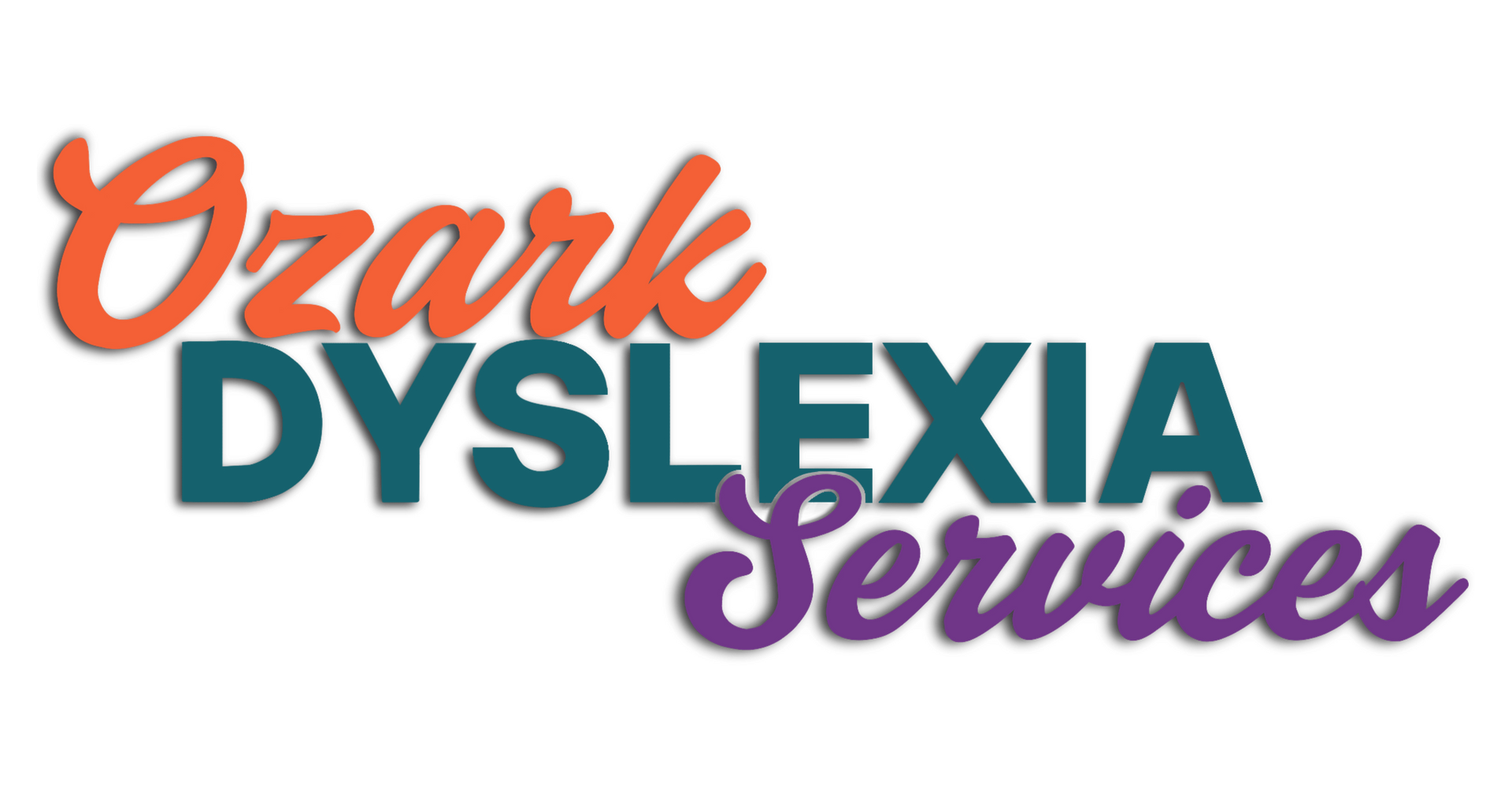October is Dyslexia Awareness Month!
1 in 5 students has dyslexia.

Dyslexia Warning Signs: How to Recognize Early Indicators in Your Child
As a parent or educator, noticing learning differences and getting support early can make a huge difference in a child’s reading and academic success. Dyslexia is a common learning difference that affects the way the brain processes language, and early intervention is key. While every child is unique, certain warning signs may indicate dyslexia.
Preschool Warning Signs
Some indicators of dyslexia can appear even before a child begins formal schooling:
- Delayed speech development.
- Speech delays and mispronunciations beyond what is expected
- Difficulty forming sentences
- Problems learning letters and sounds.
- Struggles to remember the alphabet song.
- Doesn't recognize letters of their own name.
- Difficulty with rhyming or word games.
- Difficulty making rhymes like in The Name Game
- Cannot match rhyming words like "cat" and "sat"
- Cannot match beginning sounds like "box" and "bat"
- Family history of dyslexia or reading difficulties
- Dyslexia and reading difficulties often run in families
Kindergarten & Early First Grade Warning Signs
As formal reading and writing instruction begins, dyslexia may become more obvious. This is the best time to take action, before learning gaps become too large. A few months of support in kindergarten and first grade can prevent years of intervention later. Warning signs to be aware of include:
- Slow reading or frequent mistakes
- Not keeping up with their class when learning letters and sounds
- Difficulty blending sounds together to form words
- Difficulty reading two and 3-letter words by the end of kindergarten
- Difficulty spelling
- Does not write the correct letter when given a sound
- Has difficulty writing and spelling their first and last name
- Does not attempt to sound out and spell words
- Trouble with writing and grammar
- Has no interest in writing and will often do whatever they can to avoid writing work
- Will use simple sentences and words despite having a large oral vocabulary
First & Second Grade Warning Signs
Taking action before the end of second grade is crucial. Often, second grade is the last year students are taught how to read and spell as part of their school day. Students who are not reading at or near grade level by the end of second grade will require special intervention services to close the reading gaps.
- Reading difficulties and avoidance
- Sounds out every word and struggles to put the sounds together
- May read the first letter of a word and guess a word that makes sense, “home” for “house” or “hotel”
- Students who struggle with reading will often put up any fight they can to avoid doing it. Behavior issues stemming from homework or going to school can be a warning sign of a learning disability
- Difficulty spelling
- Struggles to sound out and write phonetically regular words
- Difficulty spelling high-frequency words and will write “wuz” for “was”, “wut” for “what”, or “sed” for “said”
- Writing and grammar skills are not improving
- Writes slowly in simple sentences
- Struggles with using basic punctuation and capitalization
- Has trouble putting thoughts into written words
Third grade and beyond
Third grade is a “make or break” year in Arkansas for reading, as students who do not score well on standardized tests may be at risk of grade retention. Due to state laws, most students in Arkansas are screened annually for dyslexia in K-2nd grade; however, some cases of dyslexia still go undetected until later. These students are usually very bright and have excellent language skills that allow them to compensate for their reading difficulties. In the later elementary years, warning signs of dyslexia include:
- Avoiding reading and writing tasks
- Showing frustration or anxiety around reading assignments. Avoids reading out loud
- Knowledge and vocabulary skills are not represented in written work
- Become overwhelmed by text on a page or longer words
- Relies on audiobooks or text-to-speech rather than reading
- Will read text but has no understanding of what was read
- Difficulty remembering sequences
- Struggling with instructions, phone numbers, lists, or multiplication tables
What You Can Do
If you notice any of these warning signs in your child, early assessment and intervention are crucial. A structured literacy program tailored to your child’s needs can dramatically improve reading skills, confidence, and overall academic success.
At Ozark Dyslexia Services, I specialize in identifying and supporting children with dyslexia. Our goal is to empower families with the tools and strategies they need to help their children thrive.



